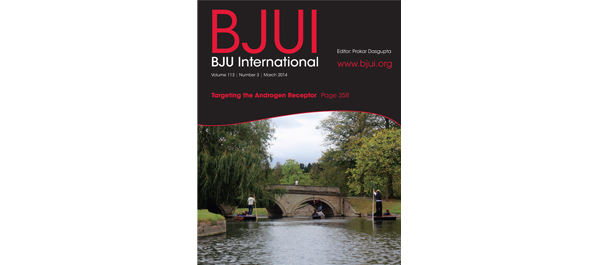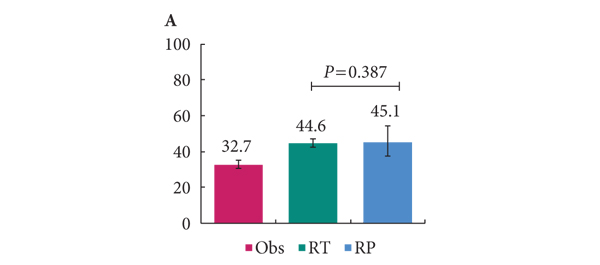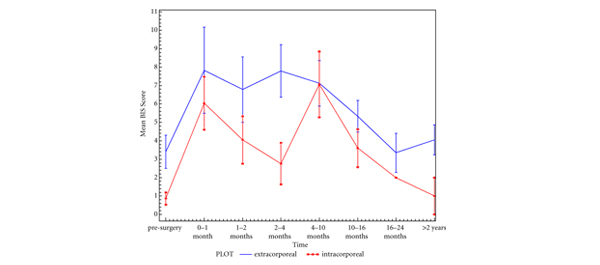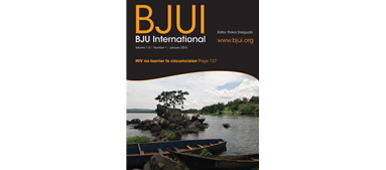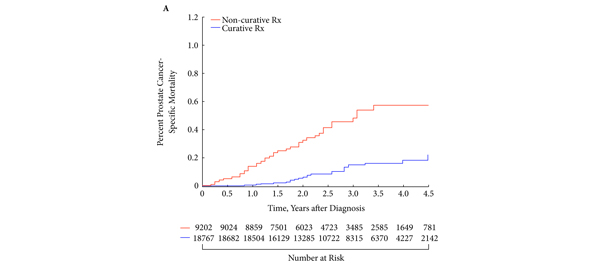Article of the month: Targeting the androgen receptor
Every week the Editor-in-Chief selects the Article of the Week from the current issue of BJUI. The abstract is reproduced below and you can click on the button to read the full article, which is freely available to all readers for at least 30 days from the time of this post.
In addition to the article itself, there is an accompanying video of a lecture from Professor David Neal, filmed at the Society of Academic Research and Surgery: 2013 Annual Meeting.
If you only have time to read one article this week, it should be this one
The transcriptional programme of the androgen receptor (AR) in prostate cancer
Alastair D. Lamb, Charlie E. Massie and David E. Neal
Cambridge University Department of Urology, Addenbrooke’s Hospital and Cancer Research UK (CRUK) Cambridge Institute, Cambridge, UK
ABSTRACT
• The androgen receptor (AR) is essential for normal prostate and prostate cancer cell growth.
• AR transcriptional activity is almost always maintained even in hormone relapsed prostate cancer (HRPC) in the absence of normal levels of circulating testosterone.
• Current molecular techniques, such as chromatin-immunoprecipitation sequencing (ChIP-seq), have permitted identification of direct AR-binding sites in cell lines and human tissue with a distinct coordinate network evident in HRPC.
• The effectiveness of novel agents, such as abiraterone acetate (suppresses adrenal androgens) or enzalutamide (MDV3100, potent AR antagonist), in treating advanced prostate cancer underlines the on-going critical role of the AR throughout all stages of the disease.
• Persistent AR activity in advanced disease regulates cell cycle activity, steroid biosynthesis and anabolic metabolism in conjunction with regulatory co-factors, such as the E2F family, c-Myc and signal transducer and activator of transcription (STAT) transcription factors. Further treatment approaches must target these other factors.
LINK TO VIDEO
Lecture filmed at the Society of Academic Research and Surgery: 2013 Annual Meeting. Video available from The Royal Society of Medicine https://www.rsmvideos.com/videoPlayer/?vid=340
Read Previous Articles of the Week

